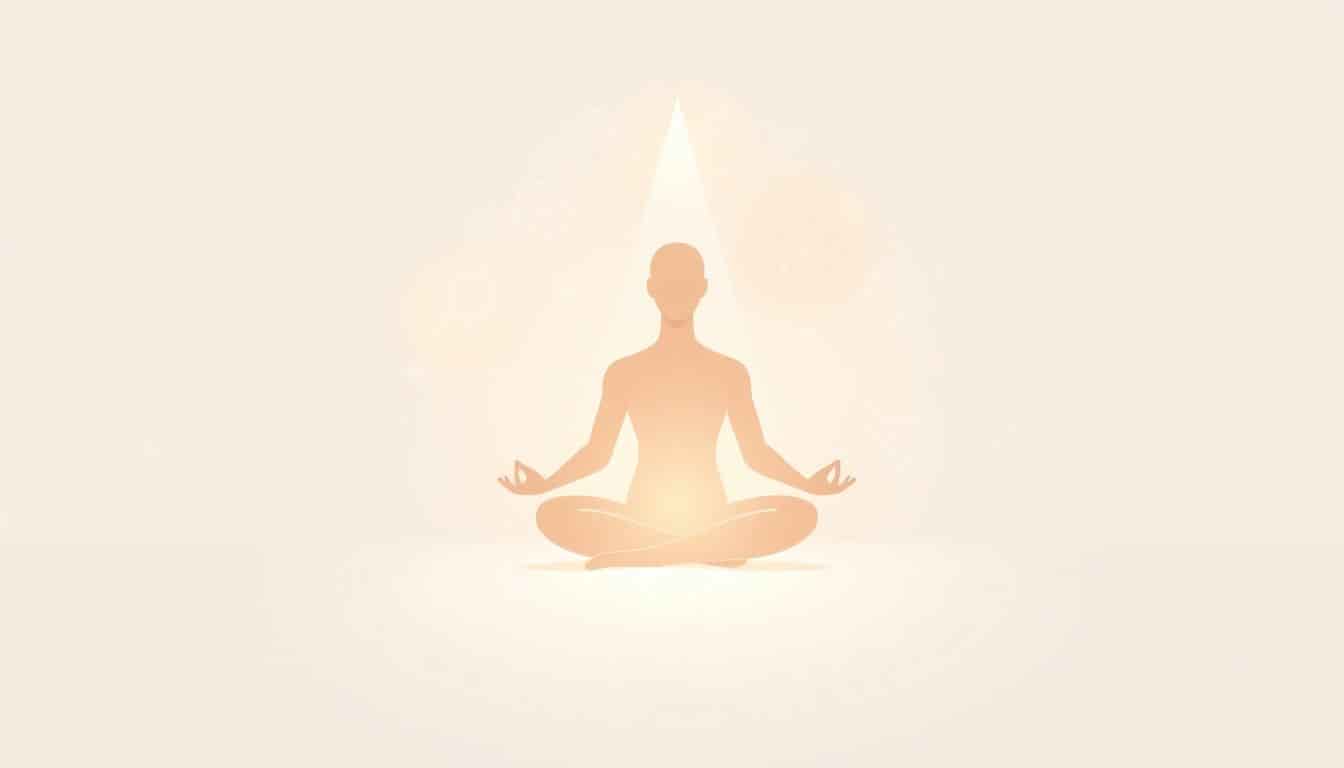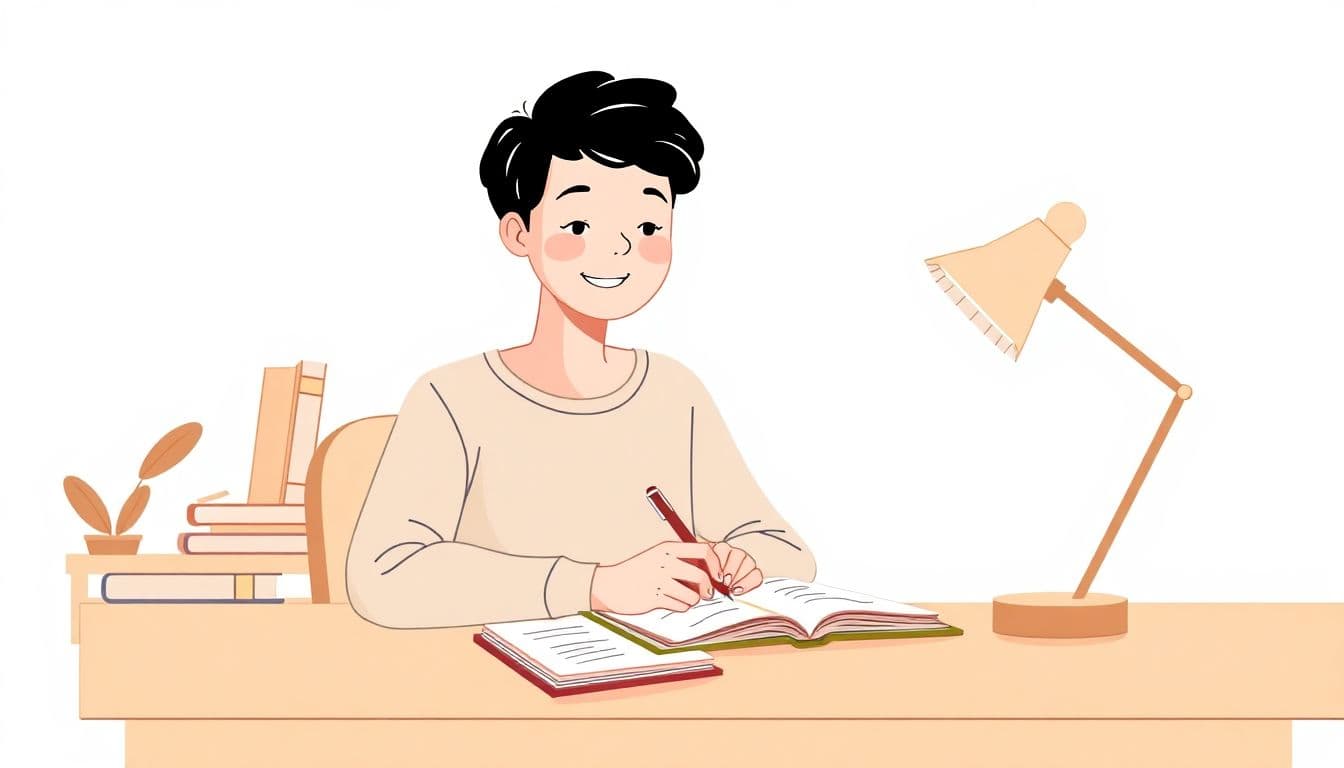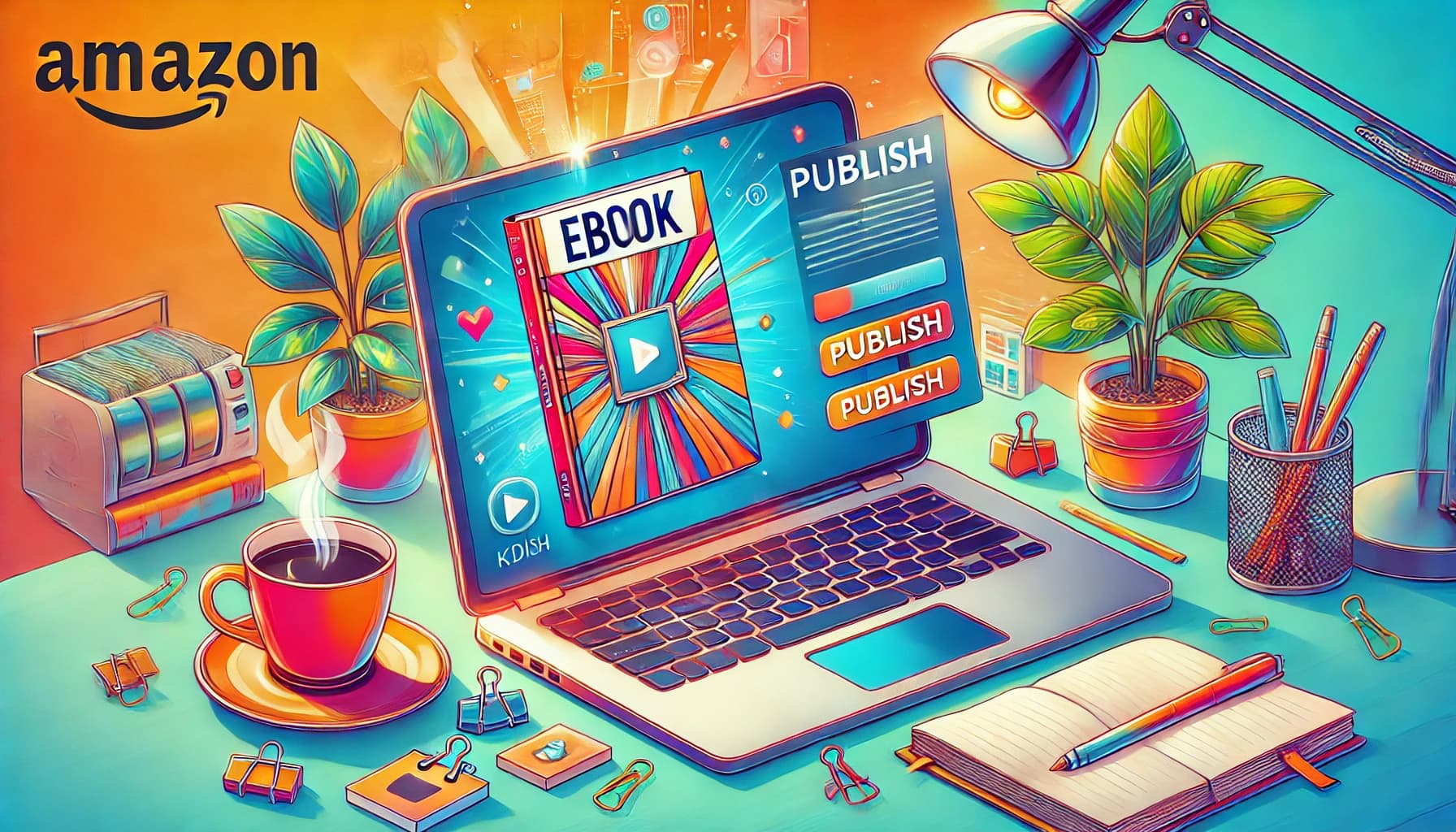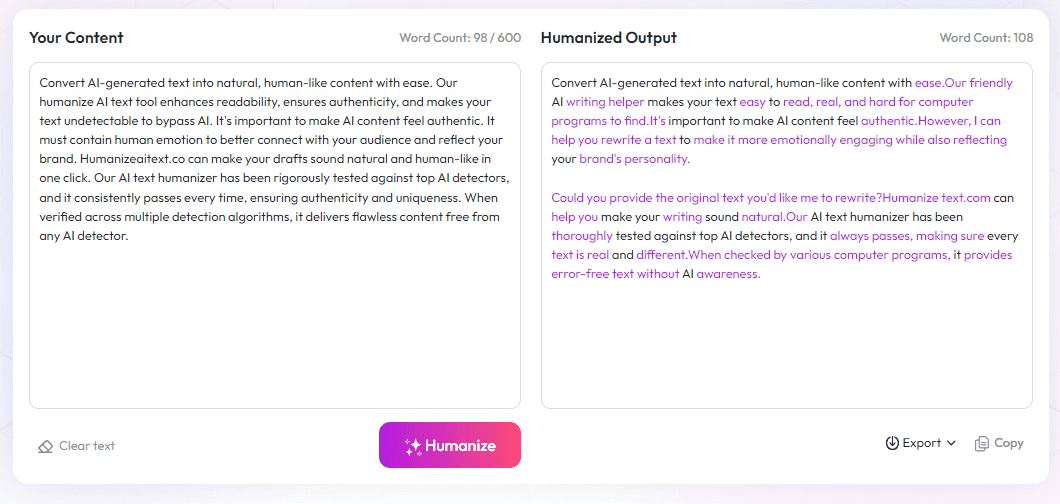Table of Contents
Many of us find it hard to quiet our busy minds and get inspired. Sometimes, creative ideas feel just out of reach, like we're stuck in a rut. But here's the good news: meditation can actually help unlock your creative flow without requiring hours of practice.
Keep reading, and you'll discover simple steps to use meditation as a tool to boost your imagination and come up with fresh ideas. It’s easier than you think—and your inner creative genius might just thank you.
In a few easy moves, you'll be ready to turn your mind into a playground for new and exciting thoughts.
Key Takeaways
Key Takeaways
- Meditation clears mental noise, making it easier to access new ideas and be more creative.
- Open monitoring meditation, which observes thoughts without judgment, boosts flexible thinking and originality.
- Practicing 10-20 minutes daily, especially in the morning, helps build a creative brain environment.
- Meditation reduces stress, helping you focus better and see problems from different angles for fresh solutions.
- It supports different creative fields by enhancing perspective, emotional depth, and idea flow.
- Getting started can be tough due to wandering thoughts, but keeping sessions short and regular helps improve focus.
- Using guided meditations or creating a quiet space makes consistent practice easier and more effective.
- Trying advanced techniques like visualization or longer sessions can deepen your creativity boost over time.
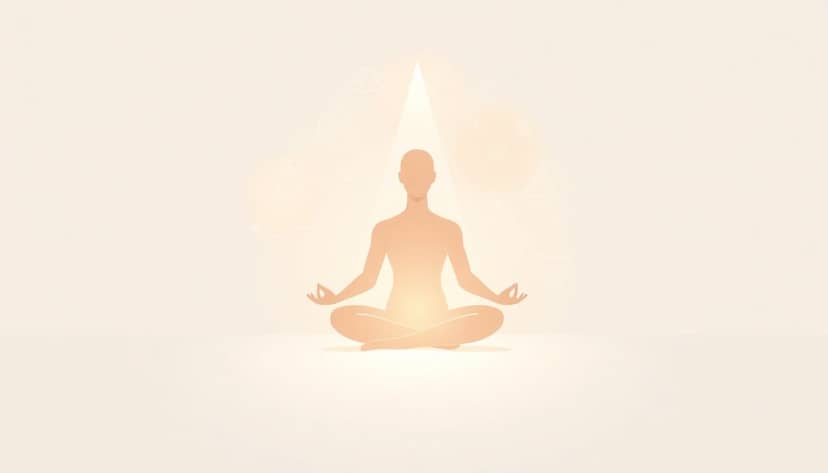
Meditation helps boost creativity mainly by calming mental "noise," allowing your mind to find stillness and clarity where fresh ideas can surface naturally. When your mind is quiet, it becomes easier to access creative thoughts without getting overwhelmed by distractions.
One of the most effective meditation techniques for fostering creativity is open monitoring (OM) meditation. Unlike focused attention meditation, which concentrates on a single object or thought, OM encourages observing your thoughts non-judgmentally and allowing them to flow freely. Studies show that participants practicing OM reported significant improvements in creative flexibility, originality, and fluency—especially in divergent thinking, or the ability to generate many novel ideas.
To start, just sit in a comfortable position, close your eyes, and gently observe whatever thoughts, feelings, or sensations arise, without trying to control or judge them. This practice trains your brain to become more flexible, helping you see problems from new angles and discover unexpected solutions.
Research from 2012 indicates that meditation influences core creativity processes. Specifically, divergent thinking benefits from OM meditation because it promotes mental openness and encourages the incubation of new ideas. In contrast, convergent thinking—finding the one correct answer—may not see as much improvement from meditation, but overall mood enhancement from both OM and focused attention practices still helps in creative pursuits.
Practicing regularly, say 10-20 minutes every morning, can create a mental environment conducive to inspiration. In fact, a 2025 survey found that over half of meditation practitioners meditate daily, with many favoring morning sessions. Most people meditate alone, providing space for uninterrupted reflection and idea incubation before tackling creative tasks.
Besides calming the mind, meditation indirectly supports creativity by reducing stress and anxiety, which often block innovative thinking. When you're more relaxed, you're better able to focus deeply, see things from different perspectives, and feel curious enough to explore new ideas. Emotional regulation gained from meditation helps manage disruptive feelings during creative work, keeping your mind clear and receptive.
For those looking to incorporate meditation into their creative routine, it’s helpful to set a specific time each day—preferably in the morning—and find a quiet spot free of interruptions. Starting with short sessions, like 10 minutes, can lead to noticeable benefits, and gradually increasing your practice helps deepen your mental stillness and openness to inspiration.

Incorporating Meditation into Your Creative Routine
Start by setting a consistent time each day dedicated solely to meditation—mornings tend to work best for many people.
Find a quiet, comfortable space where you won’t be disturbed, so your mind can settle without distractions.
Try keeping a journal nearby to jot down any ideas or insights that come up during or after your session.
Initially, aim for short sessions—around 10 minutes—and gradually increase the duration as you become more comfortable.
Mix different meditation styles, such as open monitoring and focused attention, to see which best supports your creative flow.
If you find your mind wandering, gently bring your focus back to your breath or the present moment without judging yourself.
Combine meditation with other creative habits, like doodling or free writing, to further stimulate your imagination.
Remember, consistency is key—regular practice helps your brain adapt and creates a foundation for ongoing inspiration.
How Meditation Supports Different Types of Creativity
Meditation doesn't just boost overall creativity; it can help with specific types of thinking needed in different creative fields.
For example, when working on a painting or design, your ability to see new perspectives can be enhanced through regular meditation.
Writers often find that meditation clears mental blocks and sparks fresh ideas or story angles.
Musicians can use meditation to access deeper emotional states and improve their improvisational skills.
Entrepreneurs and product developers benefit from a calm mind that can generate innovative solutions and reduce mental clutter.
Whatever the craft, cultivating focus and mental flexibility through meditation helps you adapt creatively to changing needs or ideas.
It’s worth trying different styles—like guided meditation for inspiration or silent OM for deep focus—to see what works best for your art.
Dealing with Common Challenges in Meditation for Creativity
Many beginners struggle with staying focused, especially when their mind keeps jumping to unrelated thoughts.
One simple trick is to gently acknowledge your wandering mind and return to your breathing—no judgment involved.
If meditation feels unproductive or frustrating, remind yourself that it's normal and part of the process.
It can help to keep your sessions shorter initially—just 5 to 10 minutes—and gradually build up as you get more comfortable.
Creating a dedicated space for meditation minimizes distractions and signals your brain that it’s time to focus.
Using guided meditations or apps like Headspace or Calm can provide structure and motivation, especially at the start.
Stay patient—building a regular practice takes time, but consistency will pay off in your creative output.
When emotions like impatience or skepticism surface, remember that meditation is a skill that improves with practice, much like any other craft.
Advanced Techniques to Deepen Your Meditation Practice for Creativity
Once you're comfortable with basic meditation, try exploring techniques like walking meditation or body scan to deepen your mental clarity.
This can enhance your ability to tap into subconscious ideas and reduce mental fatigue.
Practicing loving-kindness meditation can also open emotional channels that foster compassion and empathy—useful for character development or storytelling.
Incorporate visualization exercises, imagining your creative problem or project being successfully completed.
Using binaural beats or ambient sounds can help deepen focus and shift brainwaves toward states conducive to inspiration.
Try dedicating longer sessions—30 minutes or more—occasionally to reset your mental state and invite fresh perspectives.
Keeping a meditation journal to reflect on your experiences can reveal which techniques most effectively boost your creativity over time.
Consistently pushing your practice helps your mind become more adaptable and receptive to new ideas during your creative work.
FAQs
Meditation reduces stress and clears the mind, allowing new ideas to surface. It improves focus and mental flexibility, making it easier to connect different concepts and generate fresh creative solutions.
Early mornings or late evenings are ideal times to meditate, as the mind is often calmer. Consistent daily practice enhances thinking clarity and helps creativity flow more freely throughout the day.
Meditating for 10 to 15 minutes daily can improve mental clarity and boost creative thinking. Regular practice compounds benefits, making new ideas more accessible over time.
Yes, combining meditation with activities like brainstorming or journaling can enhance creative flow. Meditation clears mental clutter, making space for new ideas during other creative exercises.
